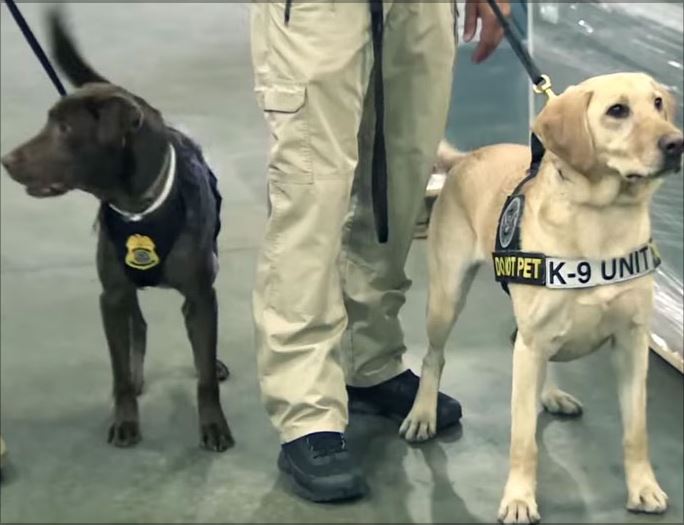By
Laura Mueller
Laura Mueller
Laura Mueller is a well-regarded animal rescue expert and writer with nearly a decade of experience in animal advocacy. Laura is the former editor of Tails Pet Magazine and volunteers in animal rescue, including Chicago’s Anti-Cruelty Society and Starfish Animal Rescue.
Learn more about The Spruce Pets' Editorial Process
Updated on 04/06/21
When police dogs retire, they can be adopted by their handlers or other service members. If that's not an option, they can be adopted out into the general public. Adopting a retired police dog is a good way to give back to an animal that worked to keep your neighborhood or city safe. Though there is no one specific organization dedicated to finding policing dogs homes, there are organizations that work to help former working dogs, including putting them in good homes.
Many police departments around the country employ special K-9 units that assist officers in everything from finding missing people to searching for evidence at crime scenes. These heavily trained dogs are true partners to their human companions, working tirelessly alongside them to keep their handlers—and the rest of us—safe.
Up until the year 2000, most retired police dogs were euthanized, a shocking practice that was thankfully stopped when Robby’s Law was signed by then-President Bill Clinton. Under the new law, which still stands today, dogs retiring from service in law enforcement or the military can be adopted by their handlers or other service members or the general public.
Most of the time, police dogs retire because of age. These dogs are highly intelligent and work hard throughout their lives, first in training and then in active service. By age 7 or 8 (or sometimes up to 10 or 11), they’re ready to hang up their K-9 badges and spend their remaining years relaxing.
While police dogs are incredibly well-trained, the stress of the job can have unintended consequences, including anxiety and depression.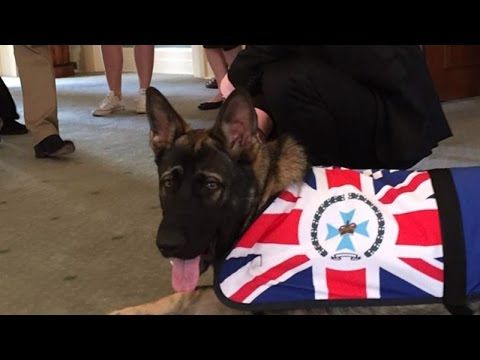 Dogs who retire from the police force may exhibit negative behaviors such as aggression, separation anxiety, or post-traumatic stress disorder. As such, they may require additional training in retirement or even re-socialization.
Dogs who retire from the police force may exhibit negative behaviors such as aggression, separation anxiety, or post-traumatic stress disorder. As such, they may require additional training in retirement or even re-socialization.
This isn’t to say that adopting a retired police dog isn’t worth it. In many cases, adopting a retired police K-9 is an incredible opportunity to provide a chance for a working dog to be just, well, a dog. If you’re interested in pursuing this type of rescue, read on for the steps that you’ll need to take.
Police dogs form intensely strong bonds with their handlers in the line of duty. As such, their handlers are always the first choice for adopters when the dogs retire. In most cases, these dogs do go on to live carefree lives as family pets with their police partners.
Usually, opportunities for civilians to adopt retired police dogs only occur if a dog’s handler passes away or cannot otherwise care for him or her. Sometimes, dogs who “failed” out of police dog training and never actually performed active service become adoptable. In both cases, other law enforcement officers will be first in line to adopt, followed by the general public.
Sometimes, dogs who “failed” out of police dog training and never actually performed active service become adoptable. In both cases, other law enforcement officers will be first in line to adopt, followed by the general public.
There is no organization strictly dedicated to adopting retired police dogs. Instead, organizations like the National Police Dog Foundation and the Retired Police Canine Foundation assist handlers with things like medical care and training for their retired pups.
Mission K9, however, is an organization that assists former working dogs in many ways, including arranging civilian adoptions. To find out more about their adoption procedure, as well as the process for adopting a retired police dog, visit their “Adopt” page.
Your best bet for adopting a retired police dog is to do the legwork yourself, calling local police stations and K-9 officer training facilities and inquiring directly. If a police department or training organization does have a dog for adoption or expects that they will soon—either because the dog is retiring from the force or deemed unfit for service—they’ll be able to fill you in on the exact adoption process and any adopter requirements.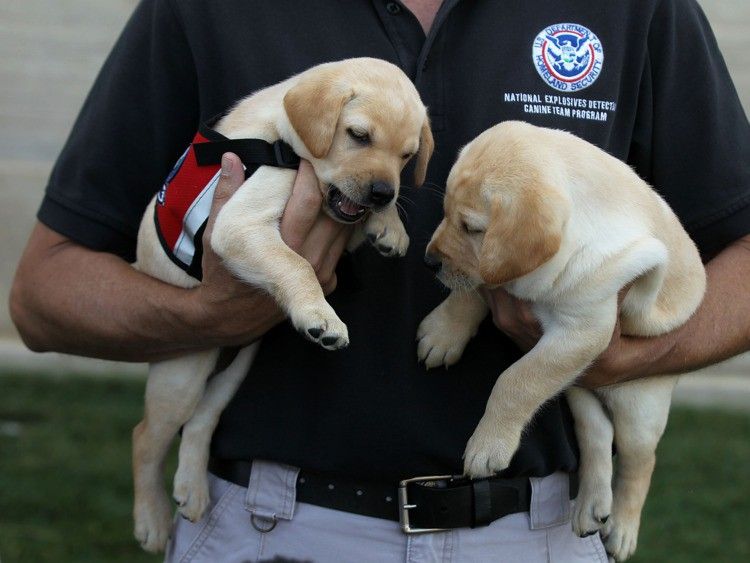 Do note that waiting lists can take time, and it may be years before a dog is available for you.
Do note that waiting lists can take time, and it may be years before a dog is available for you.
The process to adopt a retired or “failed” police dog isn’t an easy one, nor is there a guarantee that a dog will be available or you’ll be successful in your application. If all the moving parts do come together, adopting a dog whose service has ended is a truly impactful way to give a happy ending to dogs who have worked hard to protect and serve the people around them.
The life of a police dog isn’t always easy. Like their handlers, police K-9s frequently face high-stress situations and life-threatening dangers. Adopting a retired police dog is an opportunity to provide a canine a chance to just be a pet in their final years, with all of the love and spoiling that goes along with it.
Rescuing a pet is a fantastic way to make a difference. If a retired police dog isn’t available, look through the TSA Dog Adoption Program, or consider just heading to your local shelter.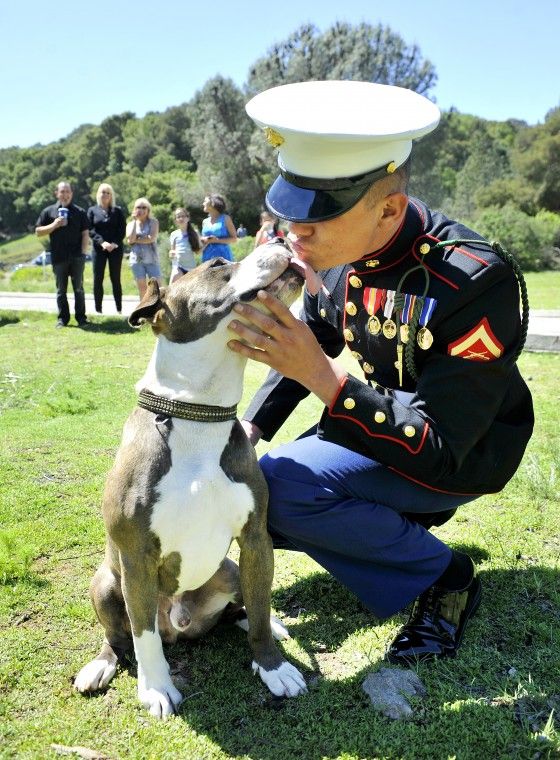 There are millions of dogs and cats in need of homes, and many would be delighted to find forever with you.
There are millions of dogs and cats in need of homes, and many would be delighted to find forever with you.
We don’t post photos of the dogs available. When we did, many would want to adopt a dog that was not a fit or match. Time was wasted, so now we review your application and will send you photos dogs available that are a match for your situation, if any.
If you want to adopt, please choose to support the work and expense required to keep bringing these dogs home.
Read all the details regarding adoptions below this form before you begin. Please understand that if you have cats or multiple pets, that waiting times are long. We do receive working dogs that are compatible with cats, but they are few and far between. Some dogs are not friendly to other dogs, especially alpha dogs, and that also will cause longer waits.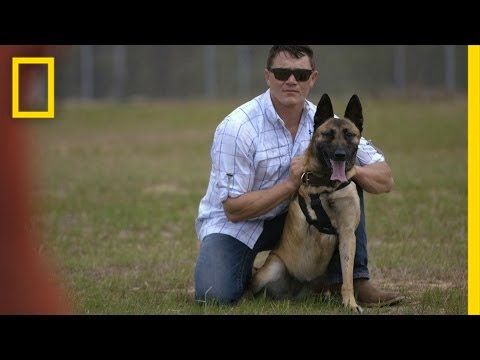
We will review your info when submitted and reach out when/if we have a compatible fit for your household. 99% of adoption related questions are answered on this page. If you have read all the details below the form on this page and still have a question, contact us by email.
Our dogs are RETIRED. Their work is finished.
They cannot be certified as Service Dogs for any purpose and are not trained for that work.
Homes with children under 12 may experience longer waits as our dogs are higher drive and may pose a risk for smaller children.
There can be a long waiting period if we do not have working dogs available at the time or if the dogs we have are not a fit for your particular home environment.
Some dogs are aggressive to other dogs, cats, etc.. all factors have to be considered before we place a dog.
We rescue Working Dogs as we become aware of them and place them afterwards.
The dogs we primarily have for placement are Contract Working Dogs.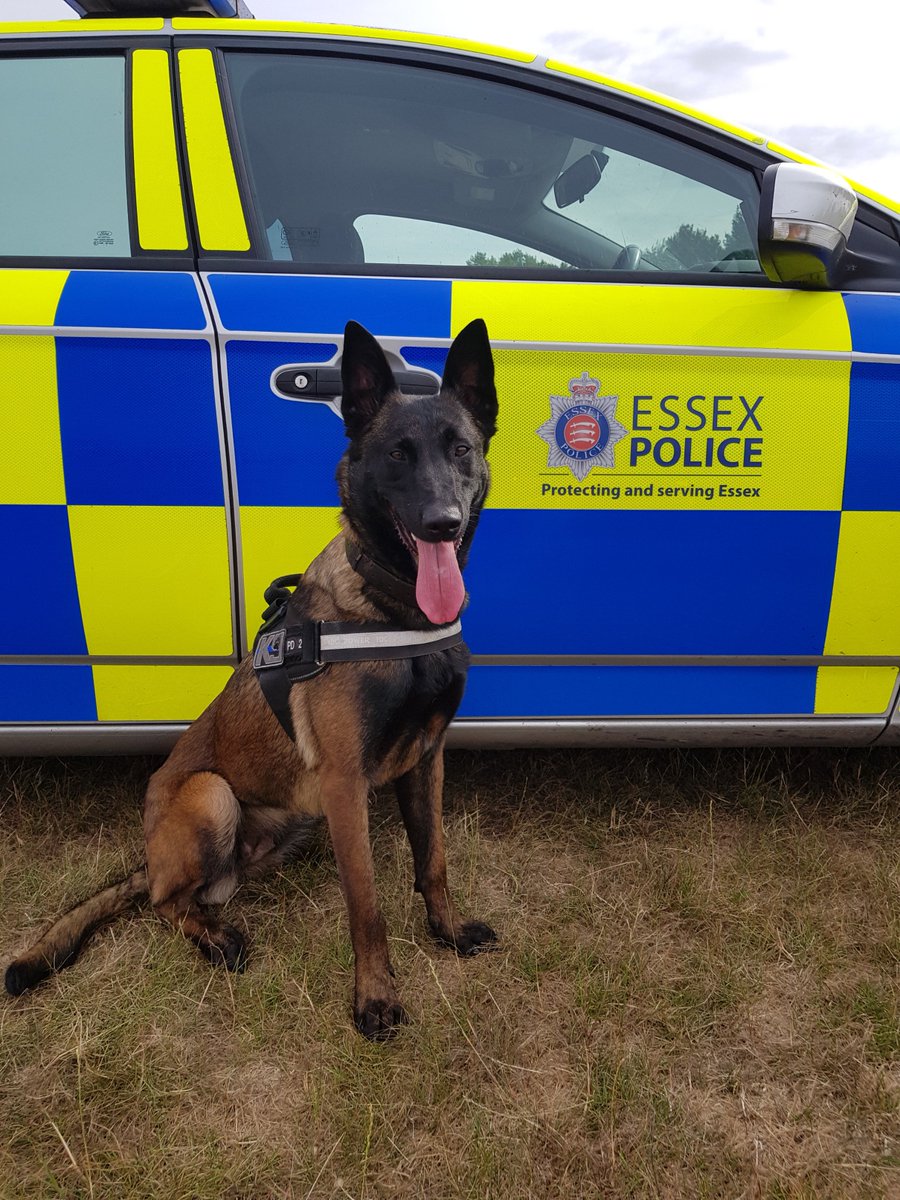 They do the same job as Military Working Dogs but are not owned by the Government.
They do the same job as Military Working Dogs but are not owned by the Government.
There are times when we also re-home Military Working Dogs and Police K9’s, yet we have no way to know when a particular dog may become available.
IMPORTANT – Please understand that before you can adopt, assuming you meet the particular needs criteria for a dog, we check everything.
If you have other pets we will call your Vet to see if they receive regular care.
Your home must meet acceptable standards. Standards vary by the type of dog to be placed.
You have to be stable and have plenty of time to devote to a working dog.
They must be walked at least twice a day, plus playtime as well.
They cannot be left alone for long periods.
You must be able to afford the cost of transportation and care for the dog you want to adopt.
If you are unable to afford regular vet care for a retired working dog (average cost of about $600 per year NOT including emergencies) please do not apply.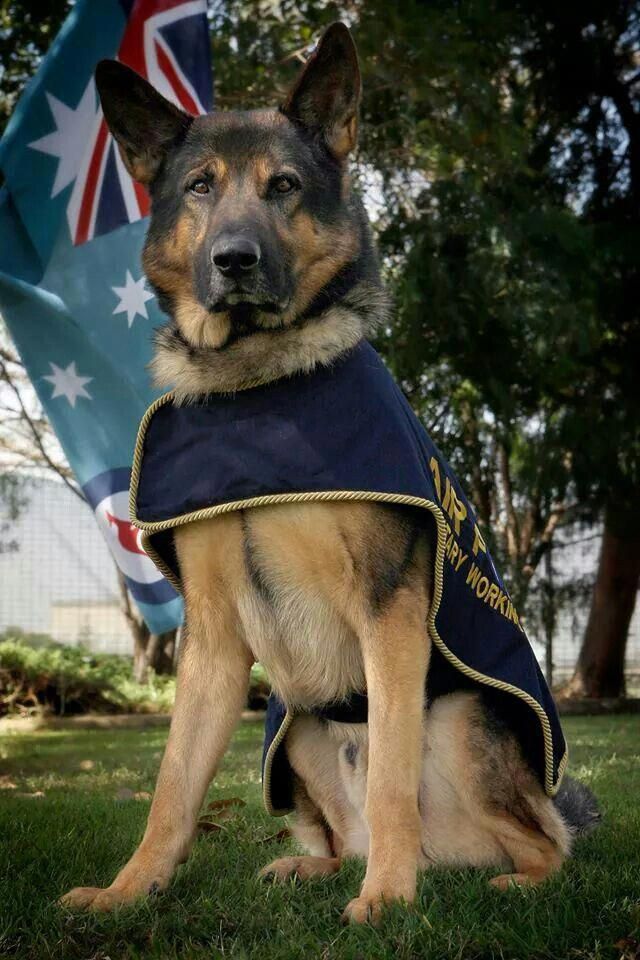
Mission K9 Rescue acts an intermediary/rescue between entities with retiring Working Dogs and cannot guarantee the availability or suitability of any Working Dog for adoption.
There are many that want to adopt these heroes and not that many heroes to go around, so please understand that while we do our best to place as many Working Dogs as possible, we cannot guarantee that you will receive a retired working dog.
Mission K9 works to place a retiring Working Dog in the best home possible for that particular dog.
We cannot continue our work without the support of those that wish to adopt.
Donate – https://donate.missionk9rescue.org – Donate
Donate to Mission K9 Rescue via Paypal: https://paypal.me/missionk9rescue
If you prefer to mail a check, please use this address for donations by mail:
Mission K9 Rescue
P.O. Box 395
Needville, TX 77461-0395
EIN 46-4302698 501(c)3 Non-Profit Organization
Mission K9 Rescue has no relationship or connection to the United States Government.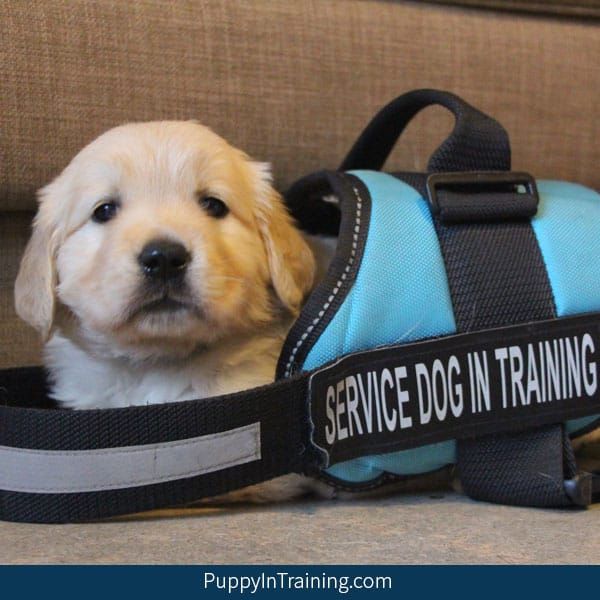
Police officers will be able to keep their four-legged companions after they leave "for a well-deserved rest." If they do not have such an opportunity, then the dogs and horses will be given to a shelter or to any person who wants to provide a happy old age to the tailed "veteran".
The rules for the transfer of service animals to new owners are defined in the draft order of the Ministry of Internal Affairs, the public discussion of the document will last until July 16. "Parliamentary newspaper" figured out how our smaller brothers are "retiring" from law enforcement agencies.
Service animals in the draft order are horses and dogs. Both those and others, after culling, will be offered to be taken away first of all by cavalrymen or dog handlers who worked with them. To do this, they will need to submit a report. If they do not do this within five days, or for some reason they are refused, the animals will begin to look for other owners.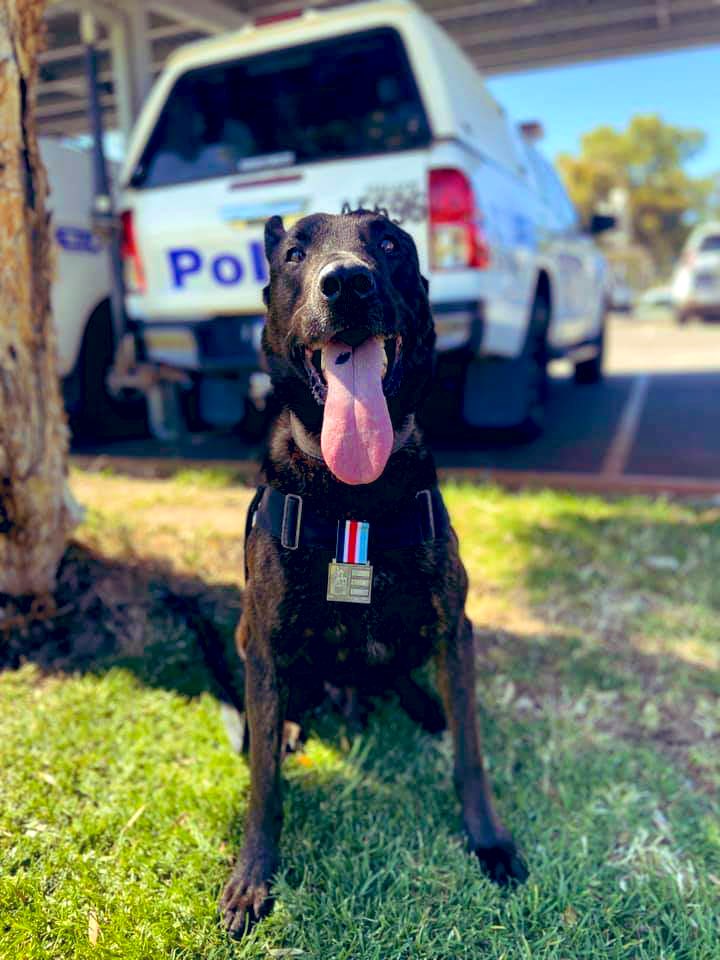
At first they will try to sell hoofed "pensioners". Horses are looking for buyers in the same way as for “morally obsolete”, unused and decommissioned cars, computers, refrigerators, simulators, chairs and other movable property. If no one wants to buy an elderly horse in six months, then it will be given to those who wish free of charge. Service watchdogs immediately begin to attach in good hands, they cannot be sold.
Announcements on the search for new owners for retired horses and dogs will be placed in local media and on the websites of regional bodies of the Ministry of Internal Affairs, and information will be transferred to animal shelters. Until the transfer of the four-legged "employee" to the new owners, he remains on the same allowance in the authorities.
Service animals are usually used by law enforcement and the military. Mounted detachments patrol the area where cars or motorcycles cannot pass. Horses are indispensable in the mountains: thanks to them, rescuers can reach tourists lost in the mountains or pull a wounded person out of the forest.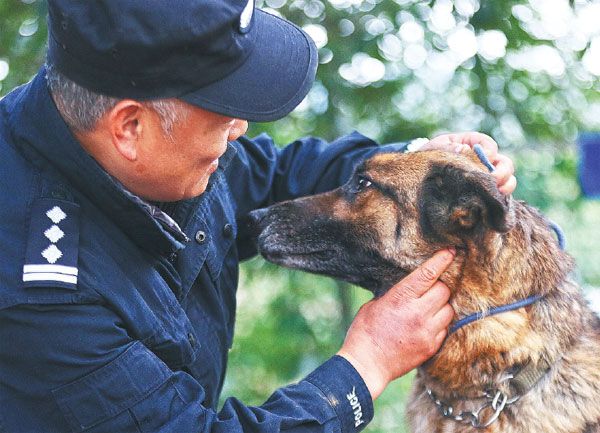
Efficient work of cavalrymen at public events: sitting on a horse, the riders are above the crowd, which means they have a better view and more opportunities for operational actions. “In addition, the horse has a frightening effect on offenders, with its use there are more advantages in dispersing hooligans and eliminating riots,” the former commander of the Vityaz OSN of the Internal Troops of the Ministry of Internal Affairs, reserve colonel Nikolai Solovyov , explained earlier to Parliamentary Newspaper.
All law enforcement agencies have cynological services - the Ministry of Defense, the Ministry of Internal Affairs, the FSB, the National Guard, the Federal Penitentiary Service and others. Mukhtars serve on the border, help patrol the streets, detain criminals, catch up with escaped prisoners, guard territories and free hostages. The search for criminals, missing people, evidence, drugs and weapons is not complete without them. The excellent scent of these animals is used by criminologists for the examination of material evidence.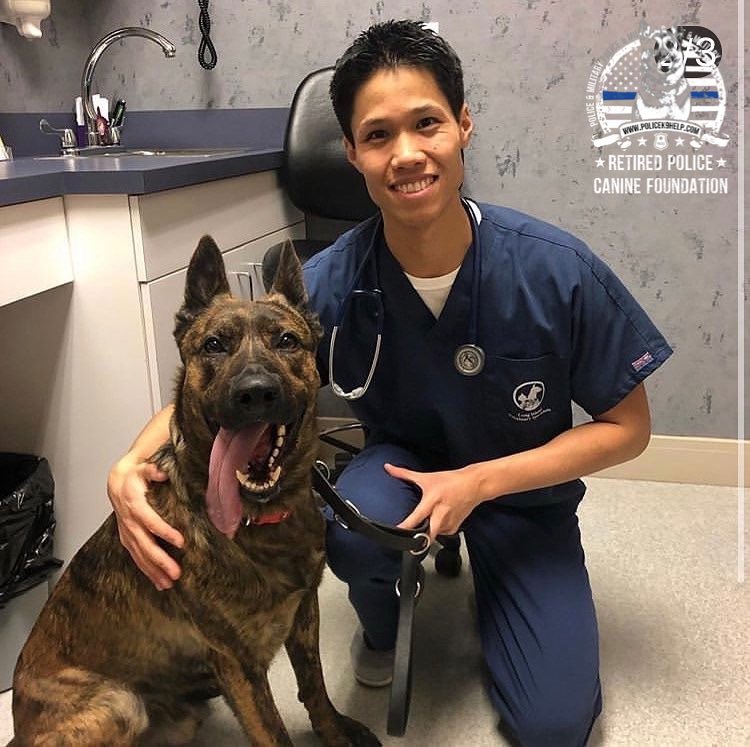 And in the Arctic regions, the military often uses dog sleds to move around.
And in the Arctic regions, the military often uses dog sleds to move around.
No other technique has yet matched the dog's nose in detecting camouflaged bombs. During the Great Patriotic War, dogs saved thousands of lives by helping clear houses and streets. To this day, tailed sappers are the most faithful helpers in hot spots.
Service animals have almost the same reasons for “retiring” as people do: age and health. The age limit for dogs is eight to ten years, for horses ten or more. They are out of action ahead of time due to injury, illness or injury, if their consequences interfere with the performance of official functions.
See also:
• Cynologists spoke about the preparation of dogs for service in the riot police • Organizers of dog fights are required to be punished • The Cabinet of Ministers supported the introduction of fines for abandoned pets
Among the diseases that put an end to the career of a four-legged employee are oncology, chronic diseases, lameness due to muscle atrophy.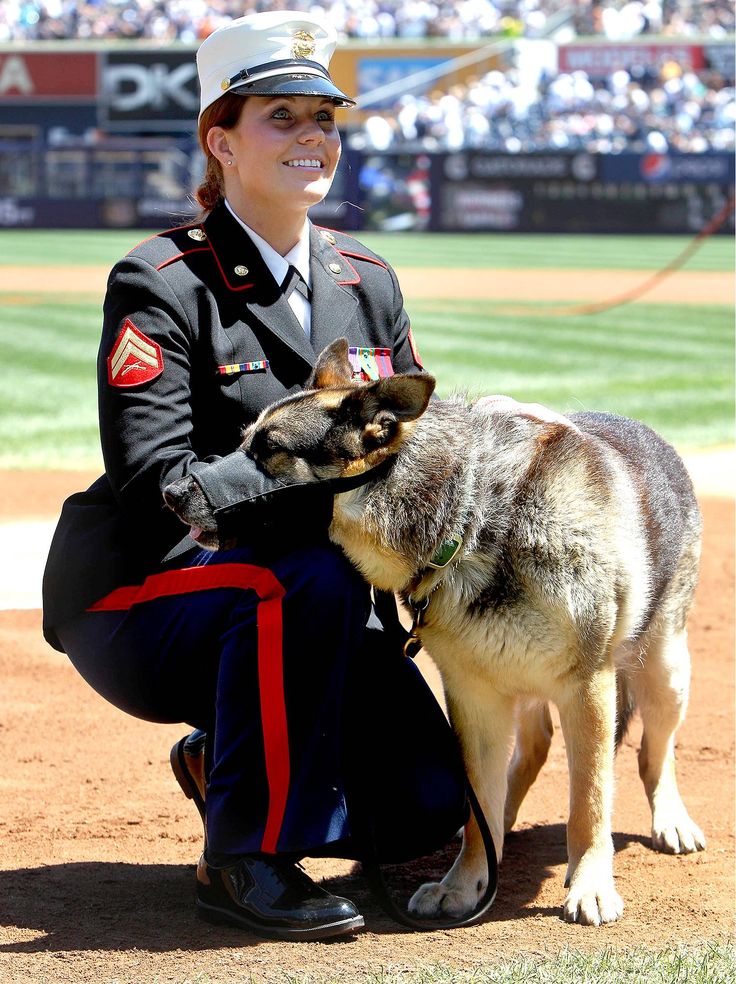 They can also send a four-legged “cadet”, who is not amenable to training, to “retirement”.
They can also send a four-legged “cadet”, who is not amenable to training, to “retirement”.
Culling occurs even before the animal enters the service. As a rule, this applies to dogs, because the internal affairs authorities can breed them on their own. If the puppies show defects and diseases that exclude their work in the organs, then they will find owners in civilian life. The reason can be both serious illnesses and shortcomings that are not critical for ordinary life, such as a weak instinct, lack of a canine, too low or high excitability.
Today, about 13 thousand dogs are in the service of the Ministry of Internal Affairs of Russia, they help solve crimes, protect public order, there are detecting dogs. About how dogs are selected for police service and how animals are kept, in an interview with Veterinary Medicine and Life, the head of the FKU Center for Canine Support of the Ministry of Internal Affairs of Russia Sergey Kachkin, a police colonel, spoke.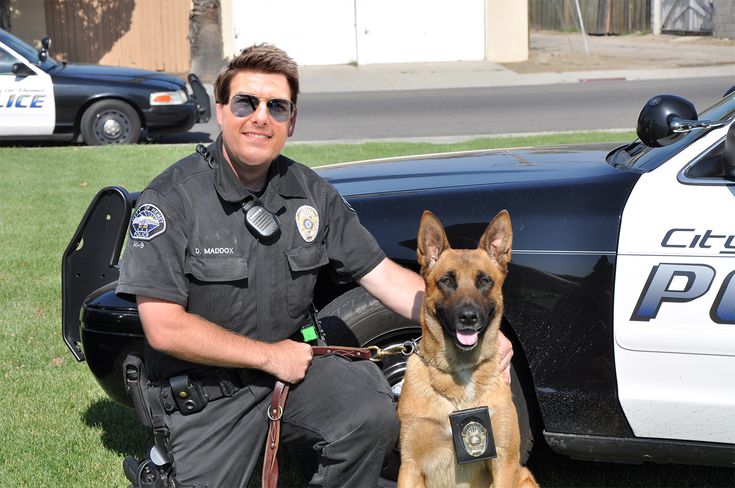
Sergey Anatolyevich, what breeds of dogs become service dogs?
Sergey Kachkin: Currently, there are about 13 thousand service dogs of 46 breeds in the units of the Ministry of Internal Affairs of Russia.
The most common breed is the German Shepherd. Service dogs of this breed make up 72.7% of the total. There are also service dogs of the following breeds: Belgian Shepherd Dog (10.5%), Labrador Retriever (4.7%), East European Shepherd Dog (3.1%), Rottweiler (2.6%), Russian Spaniel (1 .7%), Central Asian Shepherd Dog (1.2%).
How are dogs selected for service in the Ministry of Internal Affairs?
Sergey Kachkin: Dogs must be healthy, fit for training, and puppies - for growing and further training. For this purpose, examinations and tests are carried out taking into account the age of the dog.
First of all, temperament, its shortcomings, the depth of fear, the strength of stress and other psychophysiological characteristics are evaluated.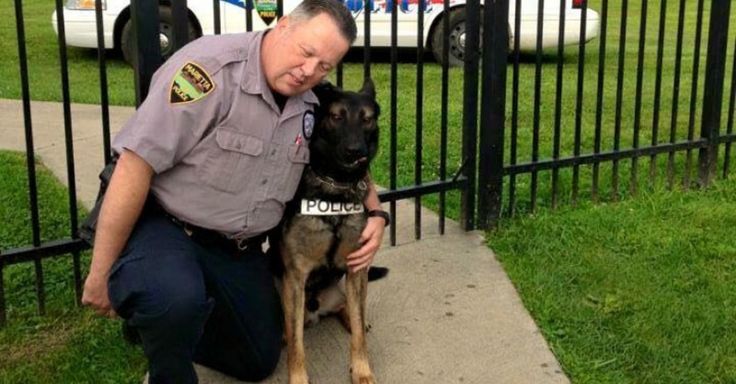 Breeding of service dogs in the internal affairs bodies of the Russian Federation is carried out in order to reproduce and preserve the population of service dogs with high working qualities.
Breeding of service dogs in the internal affairs bodies of the Russian Federation is carried out in order to reproduce and preserve the population of service dogs with high working qualities.
What job duties do they perform?
Sergei Kachkin: Service dogs are used to solve crimes, protect public order and ensure public safety. In the activities of the internal affairs bodies, they are used in the following areas: search for scent traces of a person, search, detection and designation of target substances by their smell, search for corpses, cadaveric remains and traces of human blood, guard duty, escort service, conducting research on scent traces with dogs -detectors.
Photo: Alexander Plonsky / ViZhTell us about how service dogs are trained?
Sergey Kachkin: Training of service dogs consists of three stages: preparatory, basic training course and regular training.
Service dogs are trained from 1 to 4 years of age.![]() Specialists-cynologists are engaged in training in the centers of canine services of the territorial bodies of the Ministry of Internal Affairs of Russia, as well as in educational organizations of the Ministry of Internal Affairs of Russia.
Specialists-cynologists are engaged in training in the centers of canine services of the territorial bodies of the Ministry of Internal Affairs of Russia, as well as in educational organizations of the Ministry of Internal Affairs of Russia.
All training is built taking into account individual characteristics of behavior, the degree of training and the process of developing the skills of a service dog, the influence of a specific situation and other external conditions.
In the process, it is important not to make mistakes that lead to the development of undesirable dog behavior. The most important thing is to establish contact with the animal. Trusting interaction is the key to subsequent good work.
What is the difference between keeping a service dog and keeping a pet?
Sergey Kachkin: Service dogs and puppies are kept in enclosures on the territory of the cynological division, and can also be kept at the place of residence of a cynologist with his consent and with the permission of the head of the territorial body of the Ministry of Internal Affairs of Russia.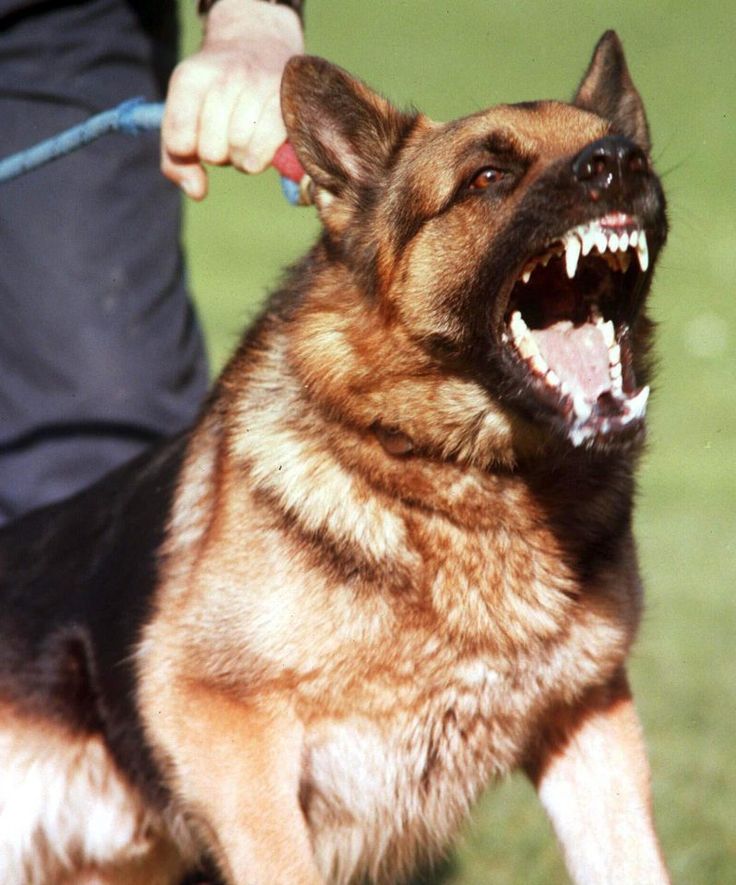
Caring for service dogs and puppies is one of the main conditions for maintaining their performance and includes: examination of service dogs and puppies to determine their health status, walking, cleaning, feeding, cleaning enclosures and territory. Service dogs and puppies are cleaned daily.
Do service dogs have rations or special allowances?
Sergey Kachkin: Pets are fed with products or special feeds in accordance with the developed norms. On the recommendation of
veterinary specialists, patients, as well as pedigree dogs that are expecting or have given birth to offspring, are transferred to enhanced rations.
How is their veterinary care provided?
Sergey Kachkin: Veterinary specialists detect and treat sick service dogs, carry out clinical examinations, take measures for vaccination, deworming, disinfection and disinfestation, monitor compliance with the rules for housing, keeping and caring for animals, and much more.